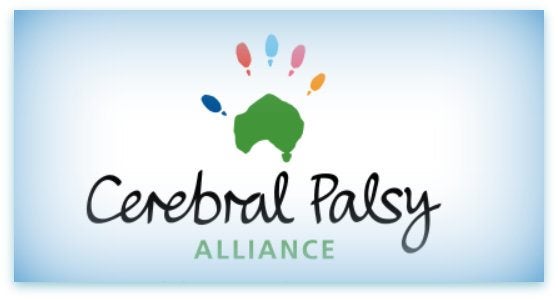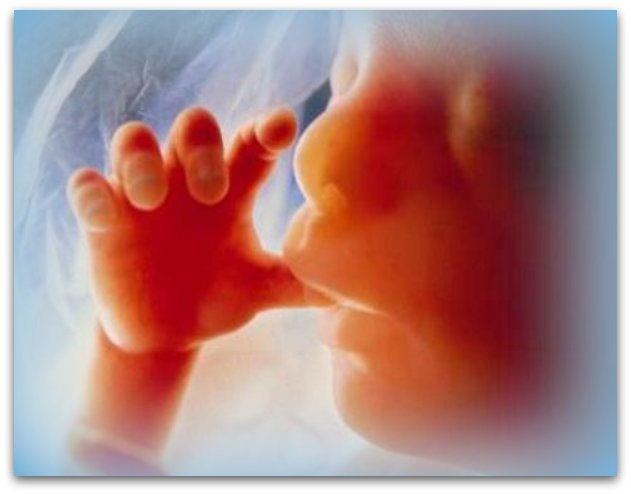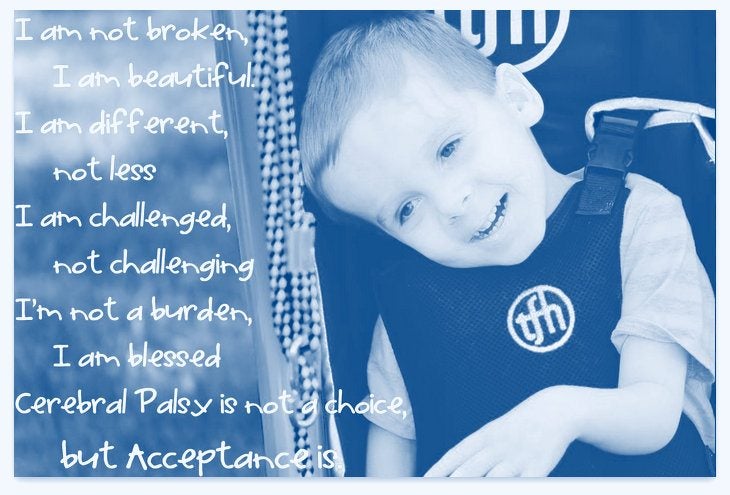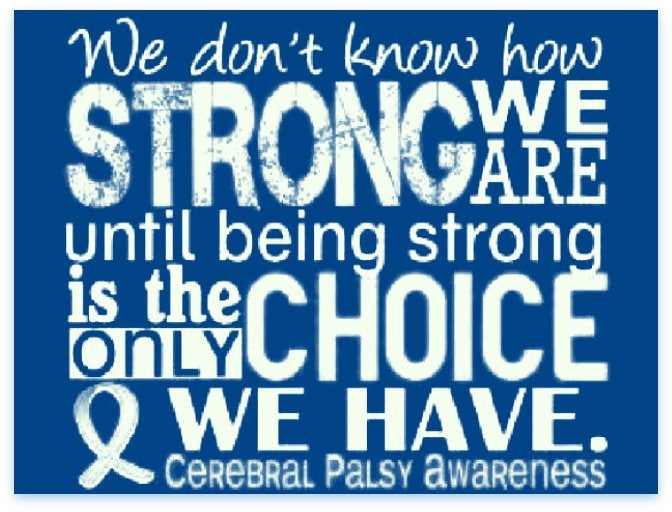Cerebral palsy
Palsy means partial incomplete paralysis, muscle weakness Greek: πάρεση, páressi - the [muscular] weakness
The term paralysis is confusing: in cerebral palsy the brain is unable to provide the proper voltage to the muscles themselves and let them work together in the right way as is also the case with spasticity. Usually, the disorder refers to the part of the brain that has to do with movement and talking.
Cerebral palsy, or spasticity, is a developmental disorder which is characterized by motor disorders (including spasm and twitching of the limbs). Intellectual retardation and seizures also frequently occur.

Congenital or Acquired Brain Injury?
Cerebral palsy often arises in pregnancy. From this fact originates a discussion whether this type of brain damage belongs to Acquired Brain Injury.
A website with information about Cerebral Palsy (and about other kinds of congenital Injury): Birth Injury Guide/Cerebral Palsy
The causes vary; an infection during pregnancy, such as rubella (German measles), cytomegalovirus and toxoplasmosis, but also drugs, or medication in the mother.

Lack of oxygen in the womb or oxygen deprivation of the child during labor, a difficult birth can cause cerebral palsy.
Cerebral palsy can also occur in early childhood meningitis or a head injury. We do not want to participate in the discussion under which denominator it should be placed. We want to draw attention to a group that sometimes falls through the cracks.
Symptoms may be:
Postural- and movement disorders and disorders in touch sensation, communication and behavior problems.
By damage to the brain areas that control the muscles, there is a partial paralysis (palsy) that can vary severity.
This muscle can not be used normally and body movements are restricted.
There are often disorders in vision, speech and hearing.
Often there are learning difficulties, epilepsy and a retardation in development.
Summary:
postural and movement disorders
ataxia, difficulty coordinating movements
athetosis, limbs trembling
dystonia, disorer in muscle tone in limbs
hypotonia, low muscle tone
limb spasticity, spasms or stiffening
partial paralysis
disturbances in touch sensation
disorders in communication
behavioral disorders
vision may be affected
speech may be affected
there may be a learning disability
epilepsy occurs
delays in development

50% of the people with cerebral palsy is spastic (can not move the limbs).
25% of the people with cerebral palsy suffer from athetosis.
10% suffer from stiffness around the joints.
10% have difficulty making voluntary movements.
Three main types:
In some children, the symptoms of more than one type may occur at the same time.
-spastic cerebral palsy:
In the most common type, one or more muscles stiff so that children have difficulty moving or grasping objects and let go.
-dyskinetic cerebral palsy:
This is caused by damage to the little brain (cerebellum) and specific areas around the brain that take care of a normal posture and coordination (the nuclei basales).
In this type of cerebral palsy the body shows unconscious and purposeless movements, even at rest. Speaking swallowing , eating and grasping objects is difficult. Due to the low muscle tone these children can hardly sit and walk.
-ataxic cerebral palsy:
This is a very rare case where the sense of balance and the ability to estimate depth are affected.
Children with this type of cerebral palsy are unsteady on their feet and put their feet abnormally wide apart when walking. Carrying out tasks that require fine motor skills, such as writing and holding small objects, takes more time and effort than in healthy peers.
Symptoms of cerebral palsy:
One or more of the following symptoms can occur: slow reactions, irritability, difficulty in sucking and swallowing, tremors in arms and legs, abnormally high crying, seizures (epilepsy), an unusual posture and abnormal reflexes.
The symptoms of cerebral palsy can be observed at birth or shortly thereafter but also arise later.
If parents notice that their child has difficulty rolling over, crawling, sitting, walking or talking than further investigation is needed.

We received this beautiful infographic, created by Finz & Finz, from Medical directions.
